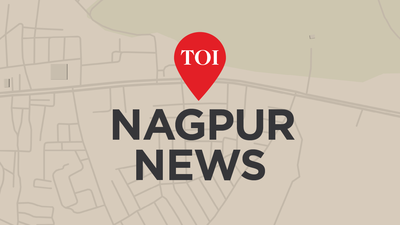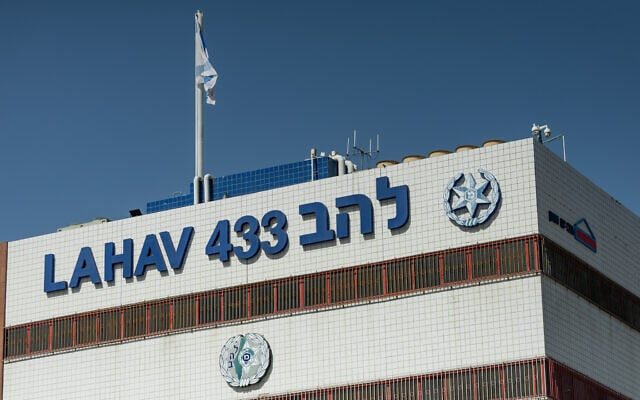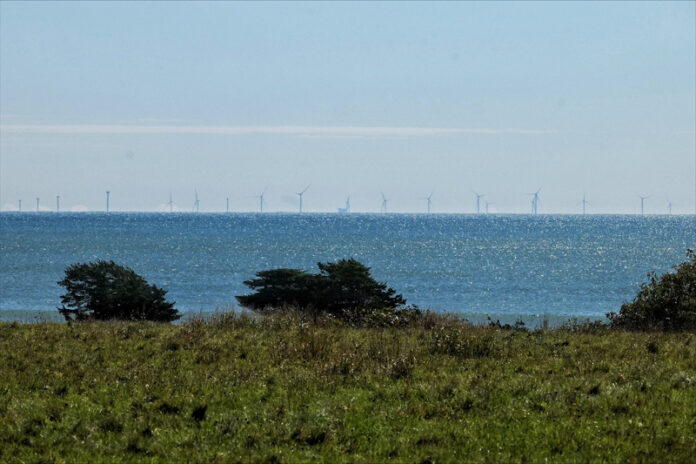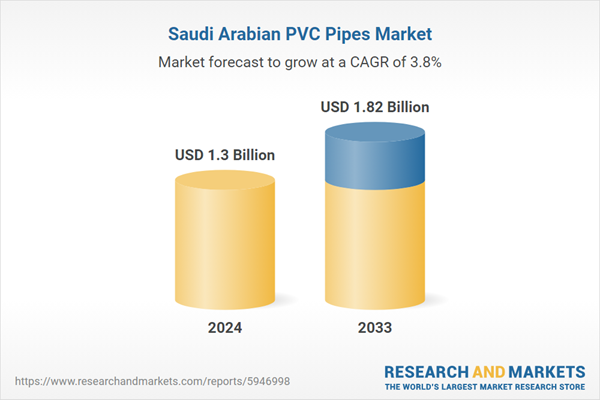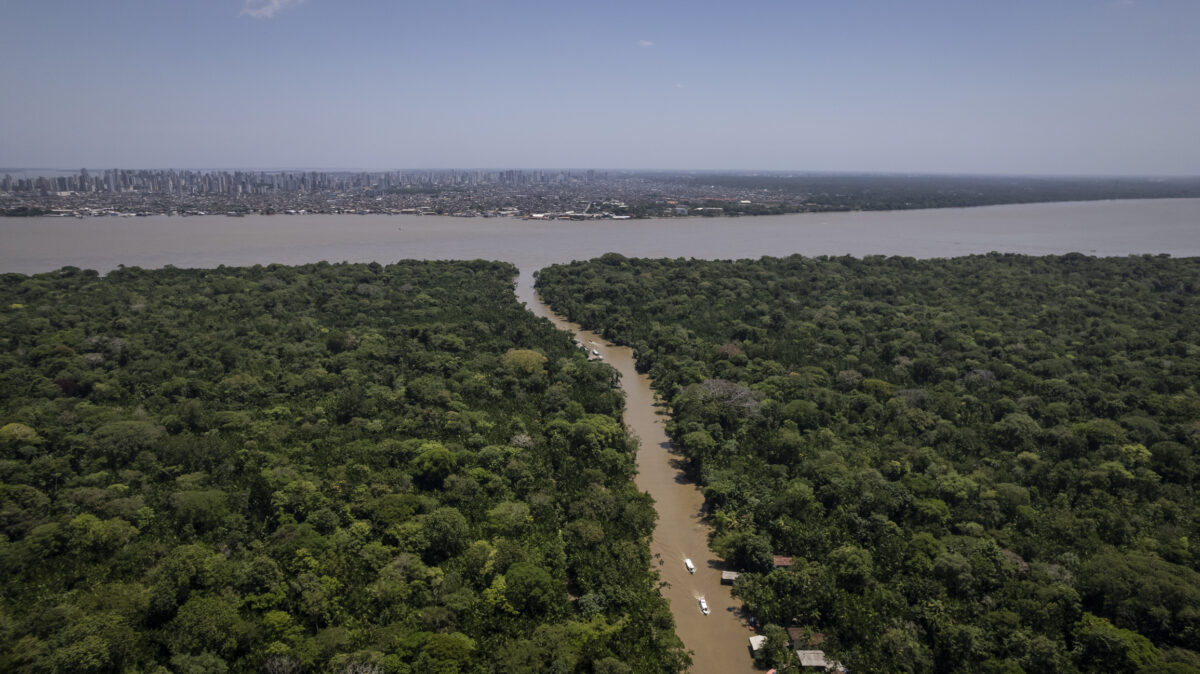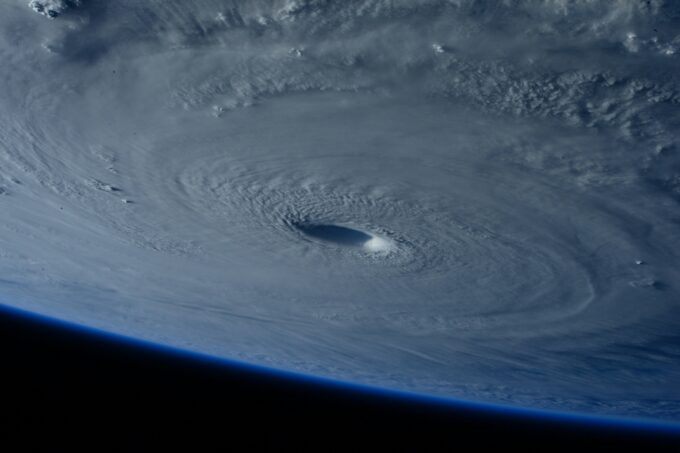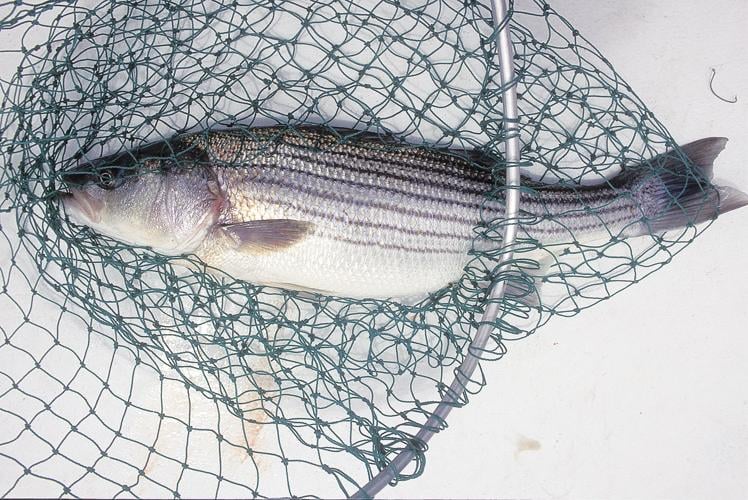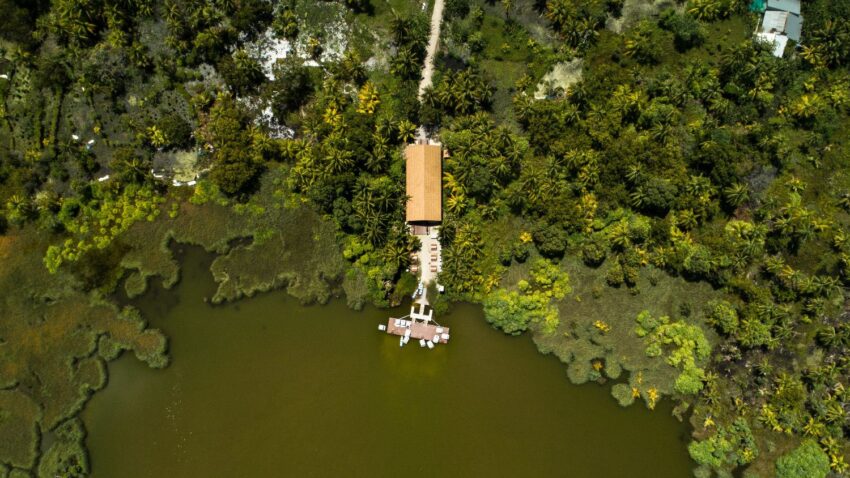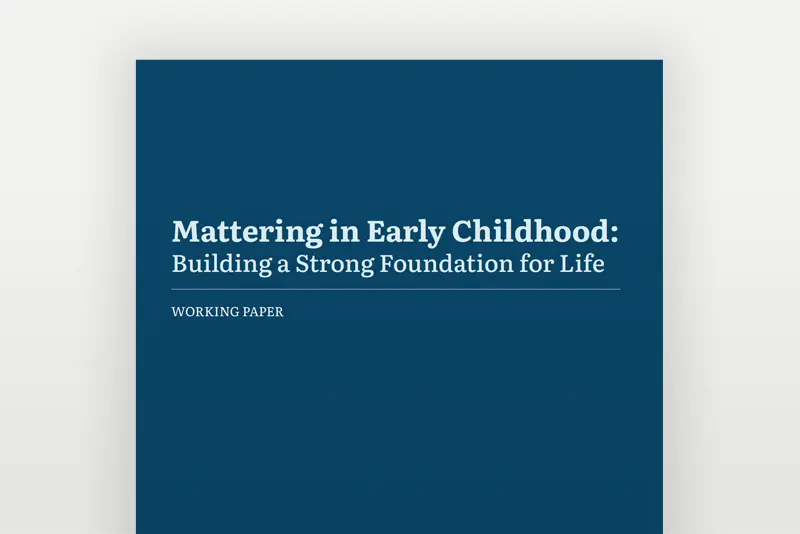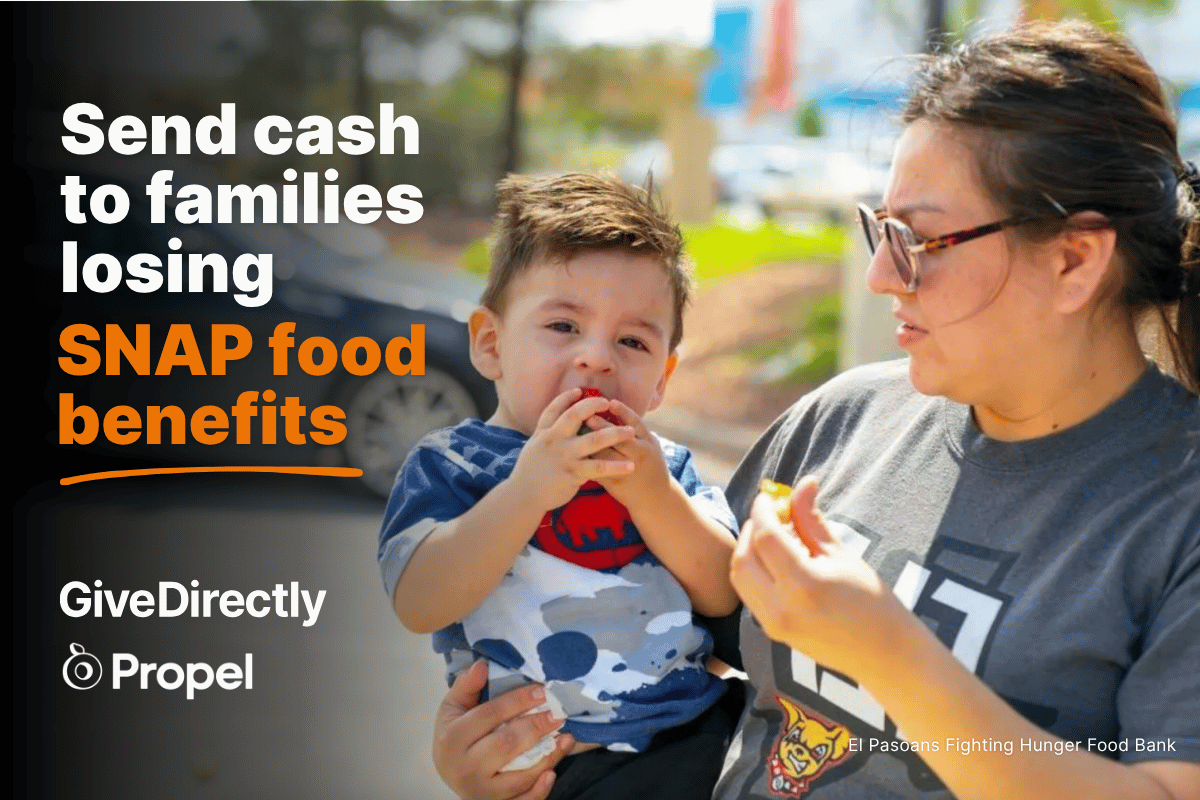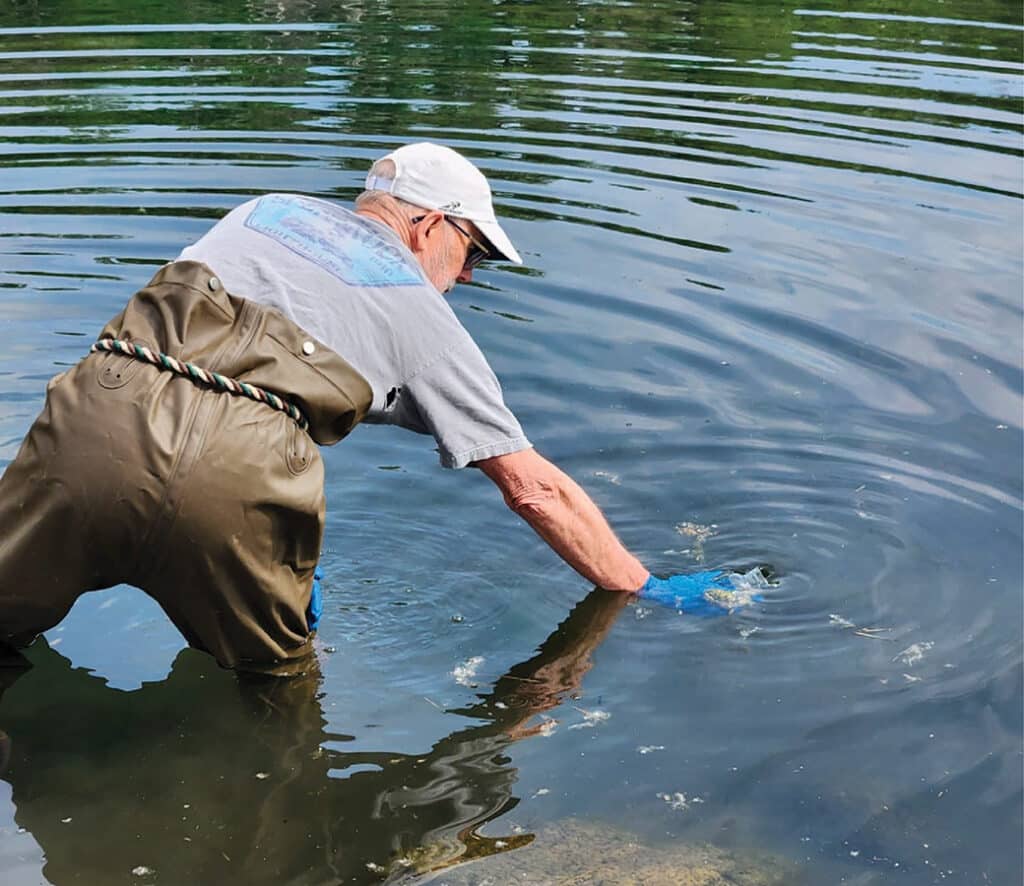Navigator – a global database of verified marine protected and managed area regulations and boundaries – Nature
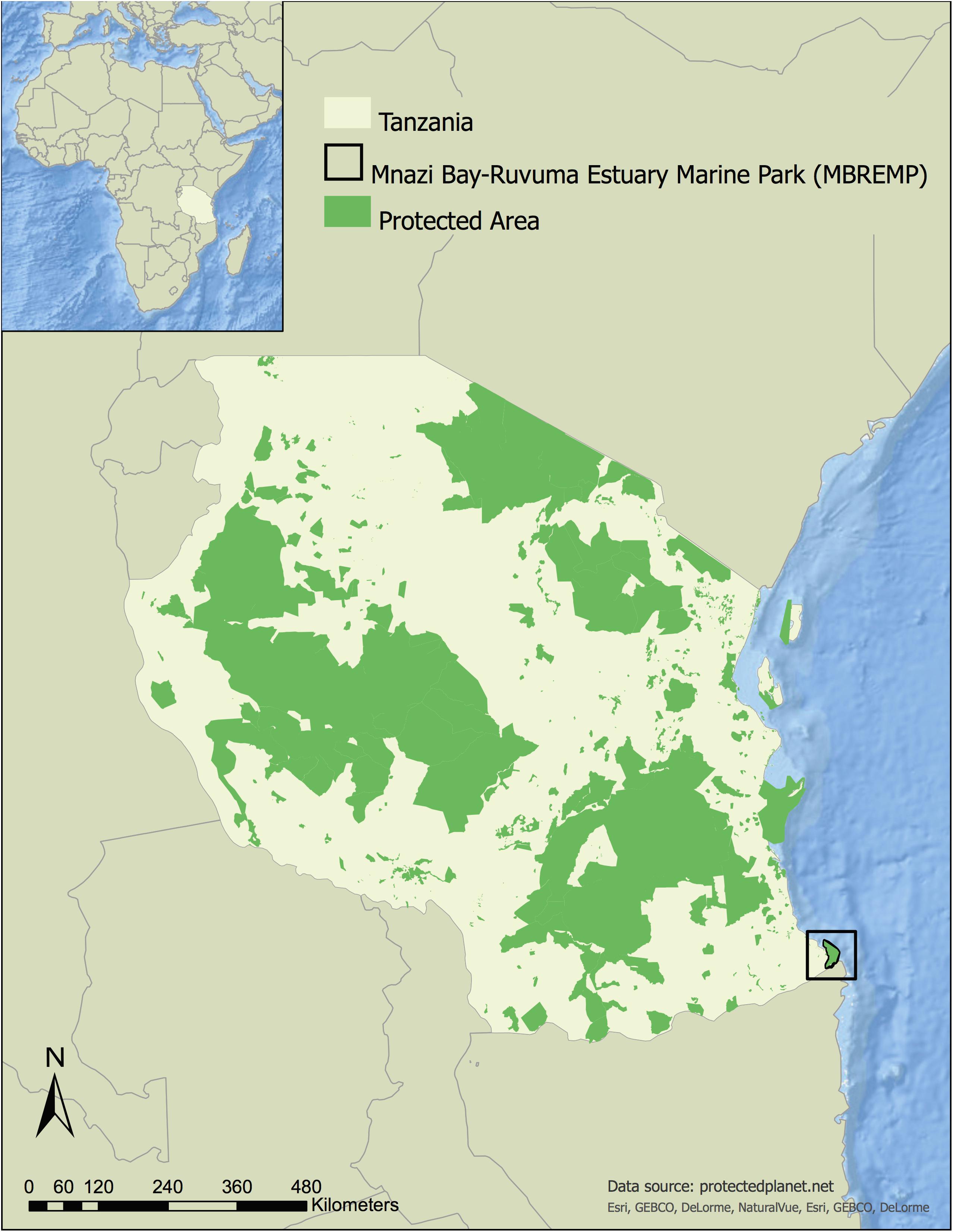
Executive Summary: A Tool for Monitoring Global Ocean Conservation
Comprehensive, standardized global data on ocean regulations are imperative for assessing protection levels and measuring progress towards international conservation targets, including the Sustainable Development Goals (SDGs). Specifically, achieving SDG 14 (Life Below Water) and the “30 by 30” initiative—to effectively conserve at least 30% of the ocean by 2030—relies on accurate and accessible information. ProtectedSeas’ Navigator is a global repository designed to meet this need, containing regulatory and spatial data for over 21,700 marine managed areas. The database provides summaries of restricted activities, extracted directly from official regulations. Navigator enables users to explore overlapping regulations, visualize human activity restrictions, and utilize a Level of Fishing Protection (LFP) score for analysis. This system aligns with other assessment methods for identifying highly protected areas and supports global efforts to advance SDG 14 by providing transparent, verifiable data on marine conservation.
The Global Mandate for Ocean Conservation and the Role of Data
Aligning with Sustainable Development Goal 14
In 2022, the United Nations adopted the goal to effectively conserve and manage 30% of the world’s marine and coastal areas by 2030. This “30×30” target is a critical mechanism for achieving SDG 14 (Life Below Water). Marine Protected Areas (MPAs) and Other Effective area-based Conservation Measures (OECMs) are the primary instruments for meeting these targets. The recent adoption of an international framework for managing areas beyond national jurisdiction further enables the creation of MPAs on the high seas, expanding the scope for global conservation. A comprehensive global resource that catalogues these diverse area-based management regimes is essential to assess progress toward these international goals and ensure that designated areas effectively protect biodiversity, thereby preventing the creation of “paper parks” with little real-world impact.
Introducing the Navigator Database
The Navigator database is a critical tool for informing ocean management and monitoring progress towards SDG 14. It addresses the fundamental question of “Where and how are the oceans most protected?” by analyzing legally established regulations. The database extends beyond traditional MPAs to include a wide range of marine managed areas that contribute to conservation, such as:
- Fisheries management zones
- Water quality protection areas
- Biologically important areas with vessel speed restrictions
Covering over 21,700 sites across more than 220 coastal nations and territories, Navigator provides a robust global dataset. This resource is vital for understanding the regulatory landscape that underpins marine conservation and sustainable use, directly supporting targets within SDG 14.
Enhancing Conservation Effectiveness through Data Integration
Navigator’s unique contribution is its extensive regulatory information, which allows for a nuanced assessment of protection levels. The database systematically reviews and codes regulations for eight fishing methods and over fifteen other human activities. This detailed approach facilitates a deeper understanding of potential impacts on biodiversity. When combined with other datasets—such as those on biodiversity hotspots, climate change impacts (SDG 13, Climate Action), and socio-economic factors—Navigator enhances evaluations of MPA effectiveness. It helps identify conservation gaps and guides efforts to ensure that protected areas are strategically placed and effectively managed, maximizing their contribution to both ecological health and human well-being.
Methodological Framework for Data Compilation and Analysis
Data Sourcing and Compilation Strategy
The compilation of the Navigator dataset followed a structured, country-by-country approach to ensure data integrity. The process involved direct engagement with management authorities and collaboration with regional partners, reflecting the principles of SDG 17 (Partnerships for the Goals). Key steps included:
- Identifying national managing authorities for MPAs and marine fishing.
- Reviewing official websites and legal documents for regulations and boundaries.
- Liaising with management authorities and partner NGOs to solicit data.
- Conducting rigorous reviews by GIS experts to verify spatial data, remove duplicates, and create a comprehensive list of unique sites.
- Cross-referencing areas with the World Database on Protected Areas (WDPA) to ensure interoperability.
Analysis of Legal and Regulatory Attributes
A team of ocean-specialized attorneys reviewed all sourced legal instruments, including designation decrees, management plans, and fisheries laws, to summarize regulations for each area. Activities were coded as prohibited, restricted, allowed, or unknown. Based on this legal review, a Level of Fishing Protection (LFP) score was assigned. The LFP score is a crucial metric for evaluating progress towards SDG 14.4 (End overfishing) and SDG 14.5 (Conserve marine areas). The five-level heuristic scale is defined as follows:
- Level 5: Fully protected; all types of fishing are prohibited.
- Level 4: Highly protected; only low-impact, non-commercial fishing is allowed.
- Level 3: Significantly restricted; major restrictions on commercial or destructive fishing practices.
- Level 2: Minimally restricted; at least one fishing restriction is in place.
- Level 1: No specific fishing restrictions found beyond general requirements (potential “paper parks”).
Spatial Data Processing and Publication
Spatial boundaries were sourced directly from management authorities whenever possible. In cases where official data were unavailable, boundaries were obtained from partner organizations or digitized in-house from legal descriptions. Each area was assigned a unique Navigator site ID, and the regulatory data were joined to their corresponding spatial data to create the final, integrated dataset. This meticulous process ensures that the data are accurate and ready for spatial analysis related to global conservation planning.
Dataset Specifications and Validation
Data Records and Attributes
The Navigator dataset contains 50 distinct attributes for each area, categorized into three types:
- Basic and regulatory information (e.g., area name, management authority, purpose statements).
- Coded activity attributes (e.g., restrictions on specific fishing gears, aquaculture, entry).
- Boundary-related spatial attributes (e.g., data source, modification status).
The data are provided in an open-access geoJSON format, promoting widespread use for research and policy-making aimed at achieving the SDGs.
Technical Validation and Quality Assurance
Rigorous internal and external checks were performed to ensure data consistency and accuracy. Internal validation included geometry checks and logical verification of LFP scores against coded fishing restrictions. External validation was sought from management authorities and local experts, fostering a collaborative approach consistent with SDG 17. The Navigator LFP scoring system has been validated against other established assessment methodologies, such as the MPA Guide and the Regulation-Based Classification System (RBCS). These comparisons confirm that Navigator provides a reliable and useful lens for estimating marine protection levels, making it a credible tool for tracking national and global progress towards SDG 14 targets.
Application and Limitations of the Dataset
Guidelines for Data Users
The core dataset is provided in geoJSON format, which is compatible with a wide range of spatial data applications, including ESRI products, qGIS, and various spatial databases. This ensures the data are accessible to a broad audience of researchers, policymakers, and conservation practitioners working to advance the Sustainable Development Goals.
Acknowledged Limitations
Users should be aware of the following limitations when utilizing the Navigator dataset:
- The database focuses on area-based regulations and does not capture generally applicable laws (e.g., national fishing laws).
- Interpretation of regulations in areas with overlapping jurisdictions is left to the data user.
- The dataset is focused on marine and coastal areas, with the U.S. Great Lakes being the primary exception.
- Boundaries for some subzones could not be mapped due to insufficient detail in legal descriptions.
- Verifiable data were unavailable for some nations, including China (boundaries), Cuba, Nicaragua, North Korea, and Venezuela.
- The dataset represents a snapshot in time. As management and designations change, periodic updates are necessary to maintain accuracy. The dataset is projected to be updated every 18-24 months.
1. Which SDGs are addressed or connected to the issues highlighted in the article?
SDG 14: Life Below Water
- The article’s central theme is the conservation and sustainable use of oceans and marine resources. It focuses on Marine Protected Areas (MPAs), ocean regulations, and the protection of marine biodiversity. The text explicitly references the “30 × 30” goal, which aims to “effectively conserve and manage at least 30% of the world’s… ocean area by 2030,” directly aligning with the objectives of SDG 14.
SDG 17: Partnerships for the Goals
- The article highlights the collaborative effort required to build the Navigator database, describing it as the product of a “cross-functional team comprising lawyers, Geographic Information System (GIS) experts, and developers.” It also mentions partnerships with NGOs, management authorities, and academic institutions (e.g., NOAA MPA Center, Scripps Institution of Oceanography). This multi-stakeholder approach to mobilizing and sharing knowledge and data is a core principle of SDG 17.
SDG 16: Peace, Justice and Strong Institutions
- The article emphasizes the importance of “comprehensive, global, and standardized data on ocean regulations” to ensure transparency and accountability in ocean governance. By making regulatory information from “official regulations” and “management plans” open and accessible, the Navigator database supports the development of effective and transparent institutions, which is a key aspect of SDG 16. It allows for the assessment of whether designated areas are “effectively protecting biodiversity” or are merely “paper parks.”
2. What specific targets under those SDGs can be identified based on the article’s content?
SDG 14: Life Below Water
- Target 14.2: By 2020, sustainably manage and protect marine and coastal ecosystems to avoid significant adverse impacts, including by strengthening their resilience, and take action for their restoration in order to achieve healthy and productive oceans.
- The article supports this target by providing a tool (Navigator) to “assess protection levels” and evaluate whether designated areas “are effectively protecting biodiversity.” It catalogs regulations on various human activities to help manage and protect these ecosystems.
- Target 14.4: By 2020, effectively regulate harvesting and end overfishing, illegal, unreported and unregulated fishing and destructive fishing practices and implement science-based management plans, in order to restore fish stocks in the shortest time feasible, at least to levels that can produce maximum sustainable yield as determined by their biological characteristics.
- The article directly addresses this by detailing how the Navigator database records restrictions on “eight fishing methods” and assesses a “Level of Fishing Protection (LFP) score” based on “gear and species fishing regulations.” This helps in evaluating the effectiveness of regulations against overfishing and destructive practices.
- Target 14.5: By 2020, conserve at least 10 per cent of coastal and marine areas, consistent with national and international law and based on the best available scientific information.
- The article is explicitly framed around the successor to this target, the “30 × 30” goal. It states that the Navigator database is “key to successfully measuring progress towards 30 × 30 goals” by providing the necessary “regulatory and spatial data for over 21,700 unique marine managed areas globally.”
SDG 17: Partnerships for the Goals
- Target 17.16: Enhance the global partnership for sustainable development, complemented by multi-stakeholder partnerships that mobilize and share knowledge, expertise, technology and financial resources, to support the achievement of the sustainable development goals in all countries, in particular developing countries.
- The development of Navigator is a clear example of this target in action, involving a “public-private partnership with ProtectedSeas,” collaboration with “numerous NGOs,” and input from a “cross-functional team.”
- Target 17.18: By 2020, enhance capacity-building support to developing countries, including for least developed countries and small island developing States, to increase significantly the availability of high-quality, timely and reliable data disaggregated by income, gender, age, race, ethnicity, migratory status, disability, geographic location and other characteristics relevant in national contexts.
- The article describes Navigator as a “robust global dataset, covering in excess of 220 coastal and island nations and territories” that is “open-access and shareable.” This directly contributes to increasing the availability of high-quality, reliable, and geographically disaggregated data for global monitoring.
3. Are there any indicators mentioned or implied in the article that can be used to measure progress towards the identified targets?
Indicator for Target 14.5
- Indicator 14.5.1: Coverage of protected areas in relation to marine areas.
- The article directly supports the measurement of this indicator by providing the foundational data required: “regulatory and spatial data for over 21,700 unique marine managed areas globally.” The explicit goal of helping to “measure progress towards 30 × 30 goals” confirms its relevance to tracking the percentage of marine area coverage.
Indicators for Targets 14.2 and 14.4
- Level of Fishing Protection (LFP) score:
- This is a specific, quantifiable indicator created and detailed in the article. It is described as a “heuristic 1–5 scale” that measures the “strength of marine life extraction regulations.” This score allows for a nuanced assessment beyond simple area coverage, distinguishing between fully protected areas (Level 5) and “paper parks” (Level 1), thereby measuring the effectiveness of management and regulation.
- Coded Activity Attributes:
- The database’s system of coding “eight fishing methods and over fifteen other marine human activities” as “prohibited, restricted, allowed, or unknown/unmentioned” serves as a set of granular indicators. These attributes provide a detailed measure of the types and extent of regulations in place, which is crucial for assessing how ecosystems are being managed and how harvesting is being regulated.
Indicator for Target 17.18
- Availability of a standardized, global database on marine regulations:
- The Navigator database itself, as described in the article, functions as an implied indicator of progress. Its features—covering “over 220 coastal and island nations,” containing “over 50 standard attributes per area,” and being “open-access”—demonstrate a tangible increase in the “availability of high-quality, timely and reliable data” for monitoring ocean conservation efforts.
4. Table of SDGs, Targets, and Indicators
| SDGs | Targets | Indicators |
|---|---|---|
| SDG 14: Life Below Water |
14.2: Sustainably manage and protect marine and coastal ecosystems.
14.4: Effectively regulate harvesting and end overfishing and destructive fishing practices. 14.5: Conserve at least 10% (now 30%) of coastal and marine areas. |
Level of Fishing Protection (LFP) score: A 1-5 scale measuring the strength of fishing regulations to assess management effectiveness.
Coded Activity Attributes: Data on whether specific fishing gears and human activities are prohibited, restricted, or allowed. Indicator 14.5.1 (Coverage of protected areas): Measured using the spatial data of over 21,700 marine managed areas provided by the Navigator database. |
| SDG 17: Partnerships for the Goals |
17.16: Enhance the global partnership for sustainable development.
17.18: Increase the availability of high-quality, timely, and reliable data. |
Multi-stakeholder collaboration model: The article describes the partnership between a private institute, government agencies (NOAA), NGOs, and academia as a model for achieving the goal.
The Navigator database itself: An open-access, global repository of standardized regulatory and spatial data for over 220 nations, serving as a direct measure of increased data availability. |
| SDG 16: Peace, Justice and Strong Institutions | 16.6: Develop effective, accountable and transparent institutions at all levels. | Accessibility of regulatory data: The open-access nature of the Navigator database, which makes official regulations and management plans publicly available, serves as an indicator of institutional transparency in ocean governance. |
Source: nature.com

What is Your Reaction?
 Like
0
Like
0
 Dislike
0
Dislike
0
 Love
0
Love
0
 Funny
0
Funny
0
 Angry
0
Angry
0
 Sad
0
Sad
0
 Wow
0
Wow
0









